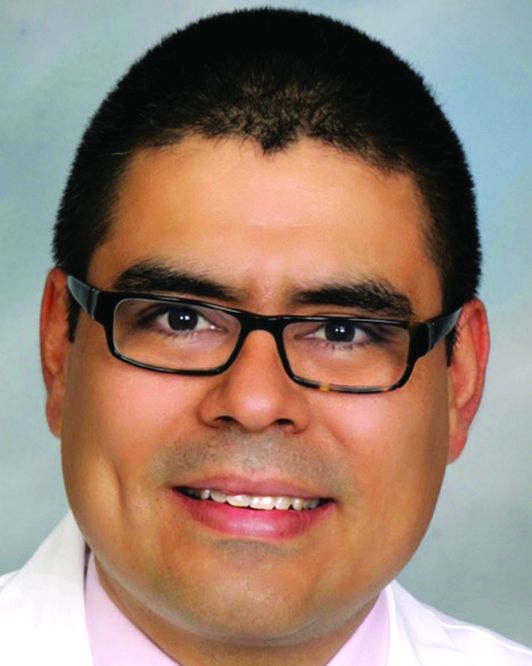User login
HM17 session summary: Building a practice that people want to be part of
Presenters
Roberta Himebaugh MBA, SHM; John Nelson, MD, FACP, MHM; Jerome Siy, MD, SFHM
Session summary
Creating a “culture of ownership” by recruiting the right people, promoting physician leadership, and improving structural elements such as compensation model and schedule were topics discussed in this practice management precourse at HM17.
The presenters said leaders must reduce hierarchy and promote shared decision making among the group, while instilling a “thank you culture” that recognizes motivations such as autonomy, mastery, and purpose.
Leaders must also consider current changes in health care payment models, such as MIPS (Merit-based Incentive Payment System), bundled payments, and Hospital Value-based Purchasing. Hospitalist groups must be prepared for these changes by learning about them and looking for potential cost reduction opportunities (e.g., reducing the number of patients going to skilled nursing facilities after joint replacement by sending patients home whenever possible).
Promoting a culture of engagement might include the development of interpersonal support strategies (e.g., meditation and mindfulness), innovative staffing (is 7 on/7 off right for everyone?), and comprehensive support for career and leadership development.
Finally, hospitalists should give special attention to the value formula by focusing on improving patient outcomes and experience, but also reducing direct and indirect costs. This is crucial for the sustainability of any hospitalist group.
Key takeaways for HM
• Create a culture of ownership to promote engagement and job satisfaction.
• Make adjustments to schedule and workflow to improve efficiency.
• Prepare for evolving pay-for-performance programs.
• Demonstrate the value of the group by setting expectations with key stakeholders, developing a practice score, and providing effective feedback to providers.
Dr. Villagra is a chief hospitalist in Batesville, Ark., and an editorial board member of The Hospitalist.
Presenters
Roberta Himebaugh MBA, SHM; John Nelson, MD, FACP, MHM; Jerome Siy, MD, SFHM
Session summary
Creating a “culture of ownership” by recruiting the right people, promoting physician leadership, and improving structural elements such as compensation model and schedule were topics discussed in this practice management precourse at HM17.
The presenters said leaders must reduce hierarchy and promote shared decision making among the group, while instilling a “thank you culture” that recognizes motivations such as autonomy, mastery, and purpose.
Leaders must also consider current changes in health care payment models, such as MIPS (Merit-based Incentive Payment System), bundled payments, and Hospital Value-based Purchasing. Hospitalist groups must be prepared for these changes by learning about them and looking for potential cost reduction opportunities (e.g., reducing the number of patients going to skilled nursing facilities after joint replacement by sending patients home whenever possible).
Promoting a culture of engagement might include the development of interpersonal support strategies (e.g., meditation and mindfulness), innovative staffing (is 7 on/7 off right for everyone?), and comprehensive support for career and leadership development.
Finally, hospitalists should give special attention to the value formula by focusing on improving patient outcomes and experience, but also reducing direct and indirect costs. This is crucial for the sustainability of any hospitalist group.
Key takeaways for HM
• Create a culture of ownership to promote engagement and job satisfaction.
• Make adjustments to schedule and workflow to improve efficiency.
• Prepare for evolving pay-for-performance programs.
• Demonstrate the value of the group by setting expectations with key stakeholders, developing a practice score, and providing effective feedback to providers.
Dr. Villagra is a chief hospitalist in Batesville, Ark., and an editorial board member of The Hospitalist.
Presenters
Roberta Himebaugh MBA, SHM; John Nelson, MD, FACP, MHM; Jerome Siy, MD, SFHM
Session summary
Creating a “culture of ownership” by recruiting the right people, promoting physician leadership, and improving structural elements such as compensation model and schedule were topics discussed in this practice management precourse at HM17.
The presenters said leaders must reduce hierarchy and promote shared decision making among the group, while instilling a “thank you culture” that recognizes motivations such as autonomy, mastery, and purpose.
Leaders must also consider current changes in health care payment models, such as MIPS (Merit-based Incentive Payment System), bundled payments, and Hospital Value-based Purchasing. Hospitalist groups must be prepared for these changes by learning about them and looking for potential cost reduction opportunities (e.g., reducing the number of patients going to skilled nursing facilities after joint replacement by sending patients home whenever possible).
Promoting a culture of engagement might include the development of interpersonal support strategies (e.g., meditation and mindfulness), innovative staffing (is 7 on/7 off right for everyone?), and comprehensive support for career and leadership development.
Finally, hospitalists should give special attention to the value formula by focusing on improving patient outcomes and experience, but also reducing direct and indirect costs. This is crucial for the sustainability of any hospitalist group.
Key takeaways for HM
• Create a culture of ownership to promote engagement and job satisfaction.
• Make adjustments to schedule and workflow to improve efficiency.
• Prepare for evolving pay-for-performance programs.
• Demonstrate the value of the group by setting expectations with key stakeholders, developing a practice score, and providing effective feedback to providers.
Dr. Villagra is a chief hospitalist in Batesville, Ark., and an editorial board member of The Hospitalist.

